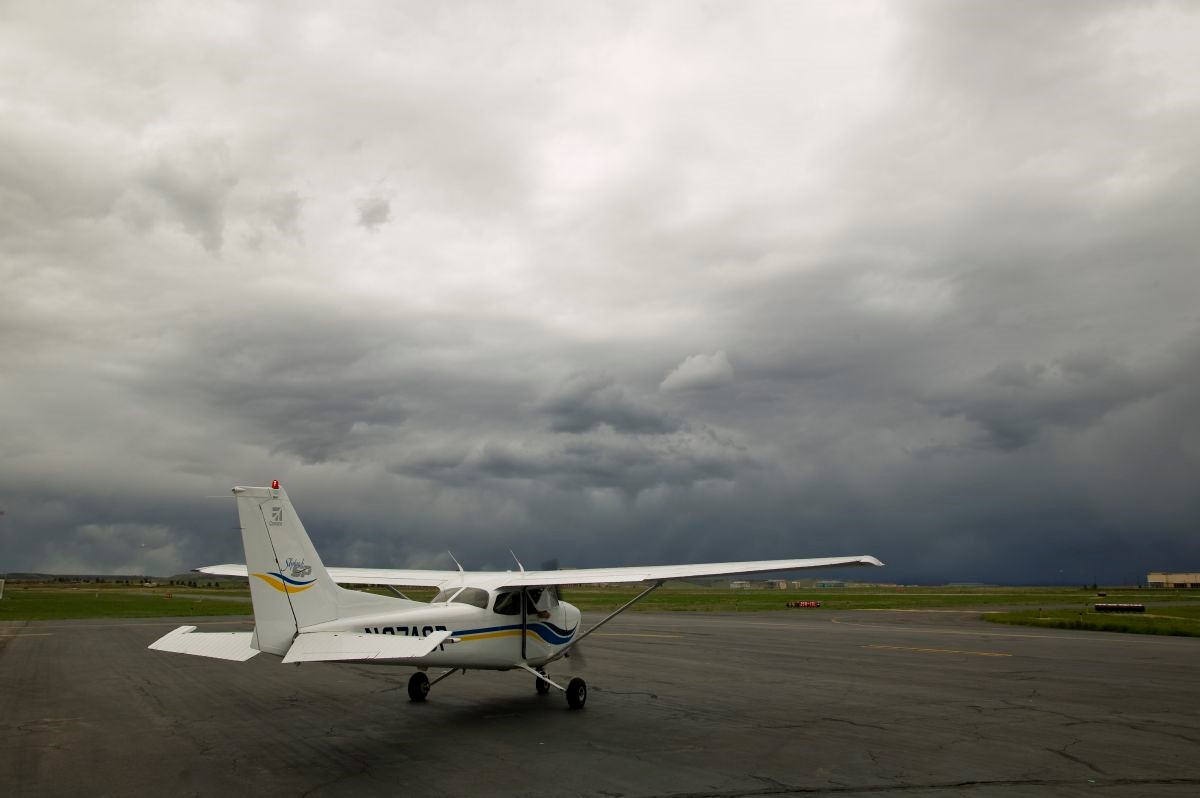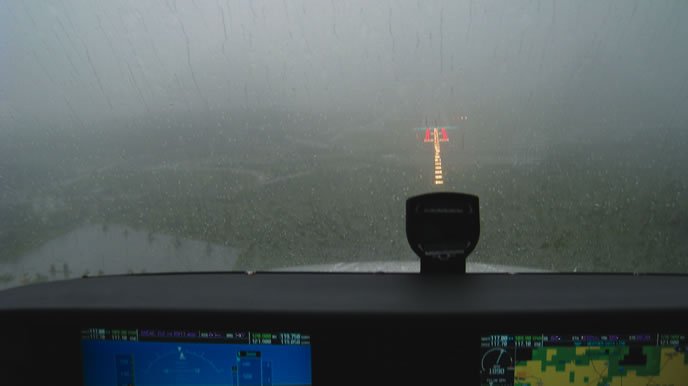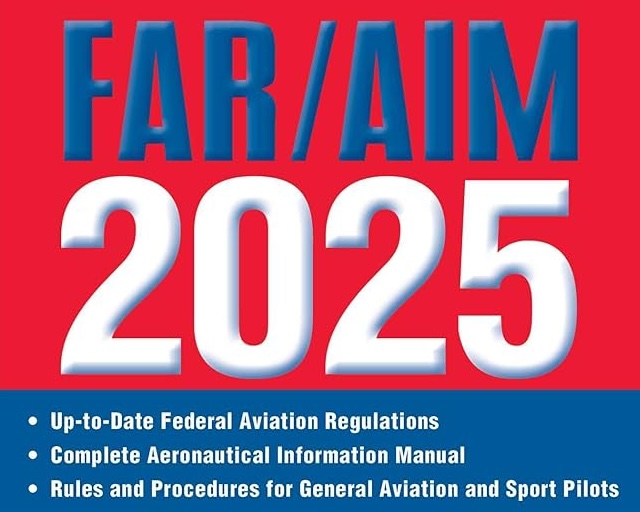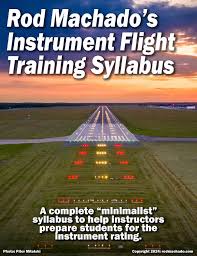
Why Get Your Instrument Rating?
An Instrument Rating significantly increases your utility, safety, and skill as a pilot. It enables you to legally and confidently fly in a broader range of weather conditions — including through clouds and low visibility — and gives you full access to the National Airspace System under IFR flight plans.
- Fly safely through IMC (Instrument Meteorological Conditions)
- Climb above or descend below cloud layers
- Learn to fly in the IFR system with ATC clearances and procedures
- Improve your dispatch reliability — reach your destination more consistently
- Build critical experience for professional pilot careers

My Goals in Training Instrument Pilots
My instruction philosophy for instrument students is rooted in precision flying, mastering modern avionics, developing confidence in IFR procedures, and cultivating a healthy respect for weather. Whether you're a private pilot looking to fly more safely, or an aspiring professional, I tailor instruction to help you become a thoughtful, capable IFR pilot.
- Become an expert in your available avionics — especially RNAV/GPS capabilities & autopilot usage
- Be able to confidently fly with "raw instrument" data without GPS or moving maps
- Understand and anticipate ATC communication and IFR system flow
- Sharpen precision flying: heading, altitude, and timing control
- Fly your aircract "by the numbers" to quickly and accurately obtain climb and descent rates
- Develop weather judgment — icing, turbulence, convection, and ceilings

Minimum Requirements
These are the major FAA requirements for earning an Instrument Rating (FAR 61.65)
- Hold at least a Private Pilot Certificate and general administrative requirements
- Be able to read, speak, write, and understand English
- Hold a current FAA medical certificate
- Log at least 50 hours of cross-country PIC time
- Log at least 40 hours of actual or simulated instrument time, including:
- 15 hours of instrument flight training with a CFII
- One cross-country under IFR (250 NM, 3 different approaches, 3 airports)
- Pass the FAA Instrument Knowledge Test (IFR written exam)
- Pass the FAA Instrument Practical Test (checkride) with an examiner, under the Instrument Airplane ACS

Structured Training with a Syllabus
IFR training is highly procedural and benefits greatly from structure. A syllabus provides a logical progression through systems, procedures, and scenario-based training.
- Several excellent syllabi are available. Some include:
- We’ll adapt the plan as needed based on weather, avionics type, or your experience level
- Using FAA publications (IFH, AIM, and ACS) as the foundation ensures training is standards-based